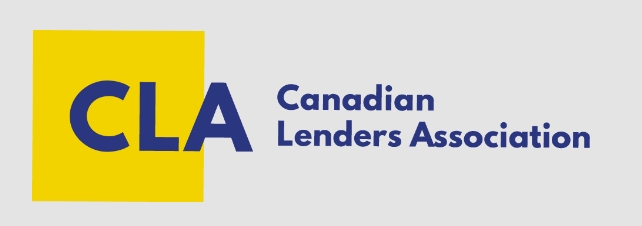Federal Government plans to make EI easier to access following end of CERB payments

Announced last week, Canada's government plans to make the transition for recipients of the Canada Emergency Response Benefit (CERB) payments to EI a little easier.
To date, the CERB has provided income support for more than 8.5 million Canadians whose livelihoods were impacted by COVID-19, including those who would not previously have been eligible for EI, such as the self-employed.
This benefit, however, is set to end September 26th, but not everyone has been able to return to work or find new employment — through no fault of their own — and many of the unemployed would not qualify for the traditional Employment Insurance program, despite qualifying for CERB.
What will happen to those still needing support after the CERB program comes to an end?
Equal eligibility requirements nationwide for EI regular benefits
To qualify for EI currently an employee must have worked between 420 and 700 insurable hours (depending on their local unemployment rate), and have accumulated those hours either in the past year or since their last claim, whichever period is shorter.
With the new program — set to cost $37-billion — the federal government has temporarily set a uniform minimum unemployment rate of 13.1 per cent nationwide to calculate employment insurance benefits during the pandemic. This equates to a required 120 hours to qualify, well below current EI requirements. Those people living in regions with an unemployment rate lower than 13.1 percent will have their EI benefits calculated at 13.1 percent, and in regions with a higher unemployment rate, benefits will be calculated using the actual rate for that region.
"The temporary use of a national minimum unemployment rate for the EI program will help more people access EI regular benefits and provide eligible Canadians with access to a minimum 26 weeks of benefits," stated Carla Qualtrough, minister of Employment, Workforce Development and Disability Inclusion.
EI allows people to work while receiving benefits meaning more people will be encouraged to return to work, rather than it being more financially beneficial to remain on benefits.
Benefits for contract and gig workers
In addition, it was announced that there will be a benefit like EI for people who don’t qualify for the unemployment benefit, such as those who rely on contract work, gig work, or one-off projects to make a living.
The goal of this program, says PM Justin Trudeau, is to “cover every Canadian who is looking for work with a better, 21st-century EI system.” It will, he says, “include access to training, and being able to work more hours and earn more money while receiving the benefit”. He added that the government will also set up a “sickness and caregivers’ benefit” for individuals who contract the virus — or have a family member who did — and don’t have coverage through their job.
This move by the government is the first in a series of steps, to be announced in the coming weeks, that will help eligible Canadians transition from the emergency CERB back into the EI system and into the labour force.





Leave a Reply